This article’s featured image for D&D 5e Druid Subclass Ratings Ranked Best to Worst is from Mythic Odysseys of Theros. This article contains affiliate links that add gold to our coffers.
Druid subclasses are all about quality over quantity. The class chassis is strong, and the subclasses make it even better. We’re burdened with the need to choose between all the valuable Druid Circles available in D&D 5e. Which one will come out on top?
Premise and Rating System
I’m rating each subclass based on the game overall for Druids only, so I’m not comparing a Fighter subclass to a Druid subclass. That wouldn’t feel fair. I also rate each subclass based on five criteria:
- Subclass Features: How the abilities and perks synergize. I look at all levels of play, not just low levels like many do these days. I play at high levels, plenty enough to look at those features.
- Game Design: How well do the features avoid misunderstandings, and how well do they fit into the game overall? Features that are clunky or feel exploitative will suffer.
- Fun: If a subclass feels easy and enjoyable for the average player to pick up, it will be rated healthy here.
- Versatility: I like to see subclasses that can be played and flavored in multiple ways without feeling stuck.
- Lore & Roleplaying: Subclasses that evoke fantasy and live up to it will do well here.
My rating system is unscientific, but it’s the system that works for me! It also helps me to be objective and not feel burdened by community perceptions.
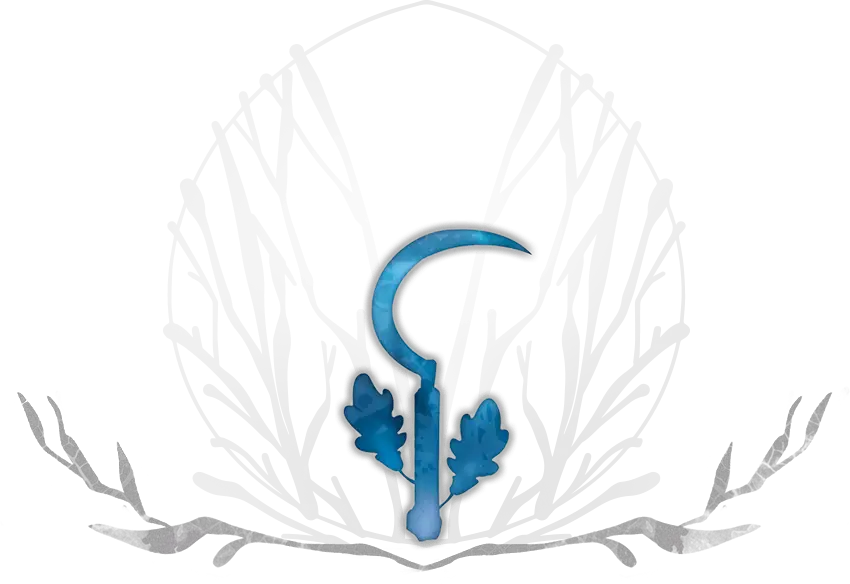
D&D 5e Druid Subclasses
Dreams
Land
Moon
Shepherd
Spores
Stars
Wildfire
Dreams Druid Subclass (XGtE)
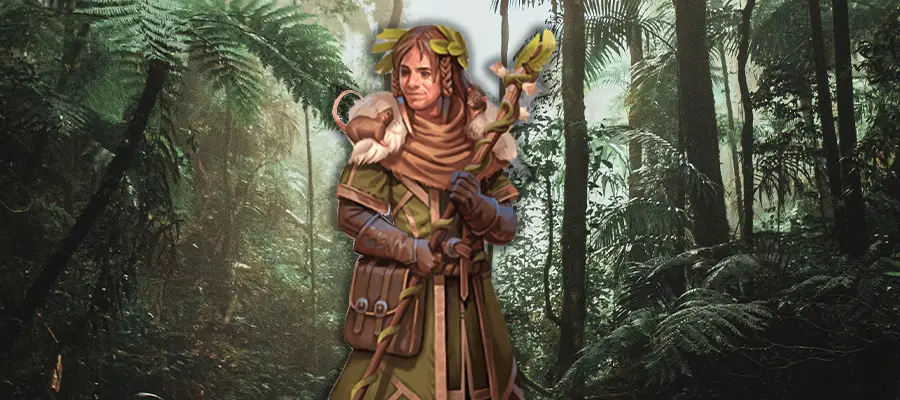
Summary of subclass features: You have a pool of fey healing energy that you use as a bonus action. Create a safer place to camp during rest. Teleport yourself or another person as a bonus action. Cast spells when you finish a short rest, choosing from Dream, Scrying, or a unique version of Teleportation Circle that can teleport to the location of your recent long rest on your current plane of existence.
- Subclass Features: ★★★★
- Game Design: ★★★
- Fun: ★★★
- Versatility: ★★★
- Lore & Roleplaying: ★★★
Flutes’ Evaluation (3/5)
This subclass has grown on me. I think it has neat mechanics, though the designers could’ve made some features sweeter. The Circle of Dreams is a well-balanced subclass with particular skills. The theme is a little shaky, but I like the subclass. One of my favorite thing about the subclass is to imagine being Wild Shaped into animal forms while using some of the subclass features.
Most people read it and won’t pick it because it doesn’t sound enjoyable. If I were to rework the subclass, I’d make its level two feature, Balm of the Summer Court, heal an additional amount equal to the Druid’s Wisdom modifier for each instance of healing; this would be like upcasting Cure Wounds. I’d make that change because a subclass needs to feel like it has a definite theme or power immediately. The Circle of Dreams feels a bit empty. It was smart to include a temporary hitpoint buff with it.
I love that the subclass gains teleportation options in combat, including allied teleportation. Walker in Dreams also pleases me with its free uses of several great spells, even if tied to a short rest. I like the unique, limited casting of Teleportation Circle. Dream is one of my favorite spells, so I enjoy seeing it here. I would’ve been disappointed if the Circle of Dreams couldn’t cast Dream.
Being objective, the Circle of Dreams has the problem of not being fun enough at low levels. They should’ve given it more identity at low levels. Tasha’s subclasses further overshadowed it as they are considerably powerful and versatile at level two. If the level-two and level-six features were more defining for the Circle of Dreams, it’d quickly shoot up into four-star territory in my ratings. It barely misses out on a four-star rating when averaged out, but I like this subclass.
Land Druid Subclass (PHB)
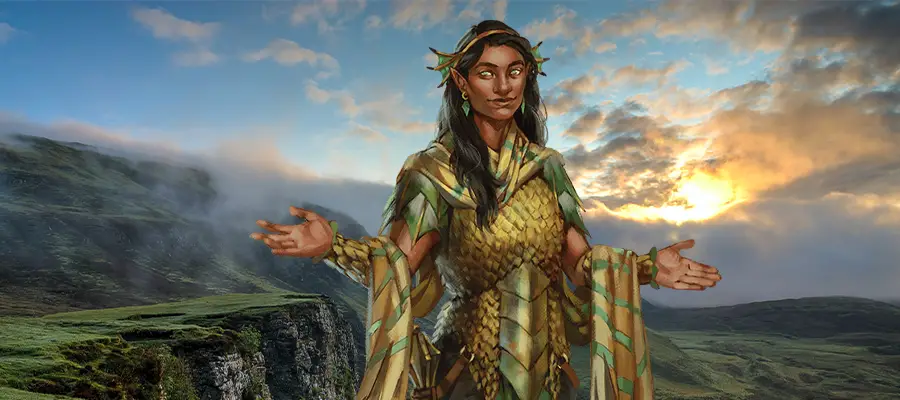
Bonus cantrips: One additional Druid cantrip
Bonus spells: Circle spells by terrain type (see list in the image below). Green highlighting indicates spells Druids usually don’t learn, and purple/gray indicates a spell that used to not be on the Druid spell list but joined the list in Tasha’s Cauldron of Everything.
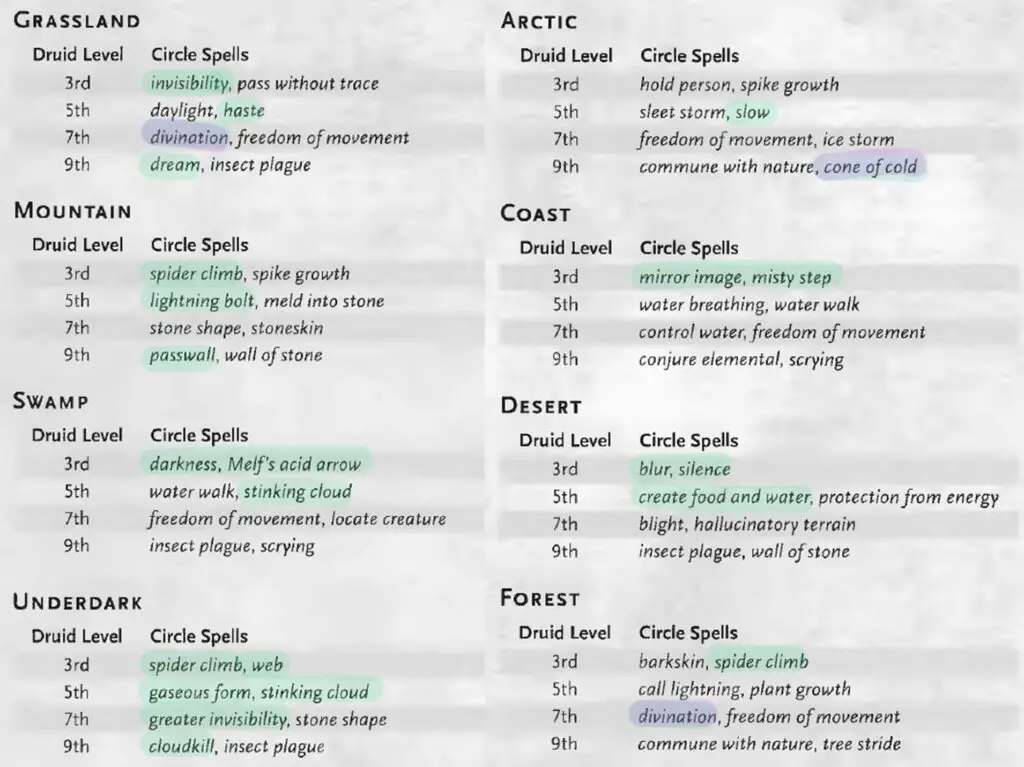
Summary of subclass features: Choose a terrain type to expand your spellcasting options. Recover some spell slots with a short rest. Move freely through nonmagical vegetation and avoid being charmed or frightened by elementals or fey. Immunity to poison and disease. Beasts and plants must make saving throws if they try to attack you, and they cannot attack you if they fail the save.
- Subclass Features: ★★★
- Game Design: ★★★
- Fun: ★★★
- Versatility: ★★★★
- Lore & Roleplaying: ★★★★
Flutes’ Evaluation (3/5)
The Circle of the Land has access to more spells than other Druids. It also benefits from recovering a few spell slots during short rests (like the Wizard Arcane Recovery). The subclass features are circumstantial after the early levels. The Circle Spells are the primary reason to level up as they bolster spellcasting options.
The innate roleplaying available to the character based on their “home court” is fun to explore. Choosing suitable terrain for the mystical connection and Circle Spells will be critical to how the character functions. My favorites are Underdark, grassland, mountain, and coast.
Spellcasting is potent, so gaining unique, additional options is huge for the Circle of the Land. Even though the subclass features are abysmally circumstantial, the spellcasting benefits keep this subclass in the running. I rate it barely above the Circle of Dreams. The subclass becomes far more impactful if the campaign involves many elementals, beasts, plants, etc..
It’s a shame that this subclass went up against the Circle of the Land in the PHB. The power discrepancy means buffing the Circle of the Land’s features would’ve been fine. Its subclass features merely need to be less circumstantial.
Moon Druid Subclass (PHB)
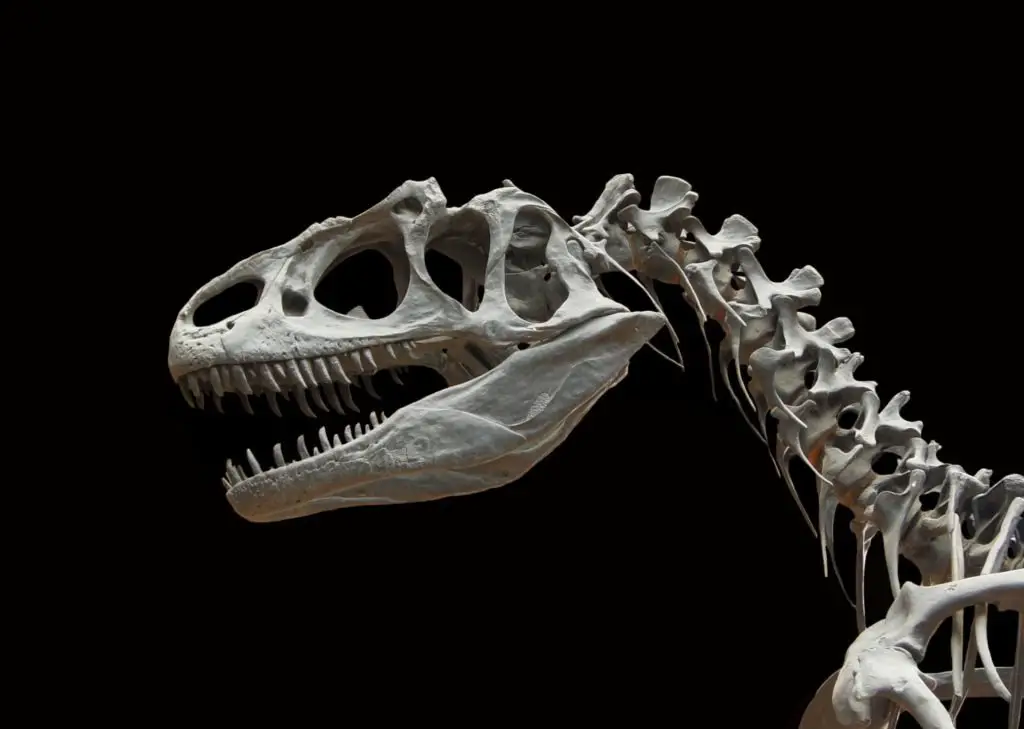
Summary of subclass features: Wild Shape into more powerful beasts than other Druids. Gain magical attacks while in Wild Shape forms. Eventually, shape into elementals. Finally, cast Alter Self at will.
- Subclass Features: ★★★★★
- Game Design: ★★★
- Fun: ★★★★★
- Versatility: ★★★★★
- Lore & Roleplaying: ★★★★★
Flutes’ Evaluation (5/5)
It’s no secret that this is one of the most potent, problematic subclasses in D&D 5e (at least a low levels). Even with the power creep of recent publications, the Moon Druid remains a powerhouse. The research and knowledge to use the subclass effectively can be immense as the player must know the statblocks for different beasts. The DM may or may not police the beasts “known” to the Druid, but it remains a strong subclass. I dock it on game design because of all the moving parts that Moon Druid players must master. This subclass is extremely fun for players who get a handle on its mechanics.
Different beasts have varying strengths and abilities, making the Moon Druid extremely versatile in and out of combat. The roleplaying is substantial since the subclass feeds into natural shapeshifting and lycanthropic themes.
Moon Druid is one of the kings of low-level play, but the Shepherd Druid surpasses it in tier two. This subclass becomes absurdly powerful at level twenty as a pure Druid, but it’s easier to justify multiclassing if you don’t reach high-level play. Multiclassing with a Moon Druid is still fun for low-level campaigns.
Lastly, apps have made it easier for players to look up beasts and elementals. I recommend the Companions app for D&D 5e. I also have a Beast Stats Spreadsheet (click the link and scroll to the bottom) you can download for free from years ago that has beast info to make it easier to find ones by flight, senses, etc.
Shepherd Druid Subclass (XGtE)

Summary of subclass features: Learn the Sylvan language and how to speak with animals. Summon a Spirit Totem with three animal types to produce different effects in an area to help your allies. Your fey and beast summons have more hitpoints, and their natural weapons count as magical attacks. Your Spirit Totem area heals your summons. When you reach zero hitpoints, beasts appear to defend you.
- Subclass Features: ★★★★★
- Game Design: ★★★★
- Fun: ★★★★★
- Versatility: ★★★★★
- Lore & Roleplaying: ★★★★★
Flutes’ Evaluation (5/5)
Summoning is extremely powerful in D&D 5e. The Shepherd Druid excels at already-strong summoning, making it a natural powerhouse.
The Circle of the Shepherd suffers from similar difficulties as the Moon Druid. It requires players to know much about beasts unless the DM decides which beasts are summoned by Conjure Animals. This subclass is so tied to Conjure Animals that my critiques are more of a review of Conjure Animals, a powerful spell. Mighty Summoner makes Conjure Animals incredibly impactful and scalable. This ability makes the Circle of the Shepherd give the Circle of the Moon a run for its money from tier two onward. If you’re clever and fortunate, you can probably solo many encounters while the rest of your party sits tight, conserving resources.
Aside from summoning beasts, the Spirit Totem is a feature that I’ve seen remain valid at each play tier. Speech of the Woods helps players who want a Druid who can freely communicate with animals like Snow White.
Faithful Summons is incredible at high tiers of play as a defense mechanism, though it won’t always fit the scenario. I’ve seen this used against BBEGs at tier four of play, and it was one of the most memorable character deaths I’ve ever seen.
Summoning can be cumbersome for players and DMs, even if they’re prepared. WotC has also awkwardly clarified that the design intent is that DMs choose the beasts summoned by Conjure Animals and similar spells. I see players choose 99% of the time.
The Shepherd Druid is a team player with powerful tricks up its sleeve as a conjurer. It deserves respect.
Lastly, apps have made it easier for players to look up beasts and elementals. I recommend the Companions app for D&D 5e. I also have a Beast Stats Spreadsheet (click the link and scroll to the bottom) you can download for free from years ago that has beast info to make it easier to find ones by flight, senses, etc.
Spores Druid Subclass (TCoE)
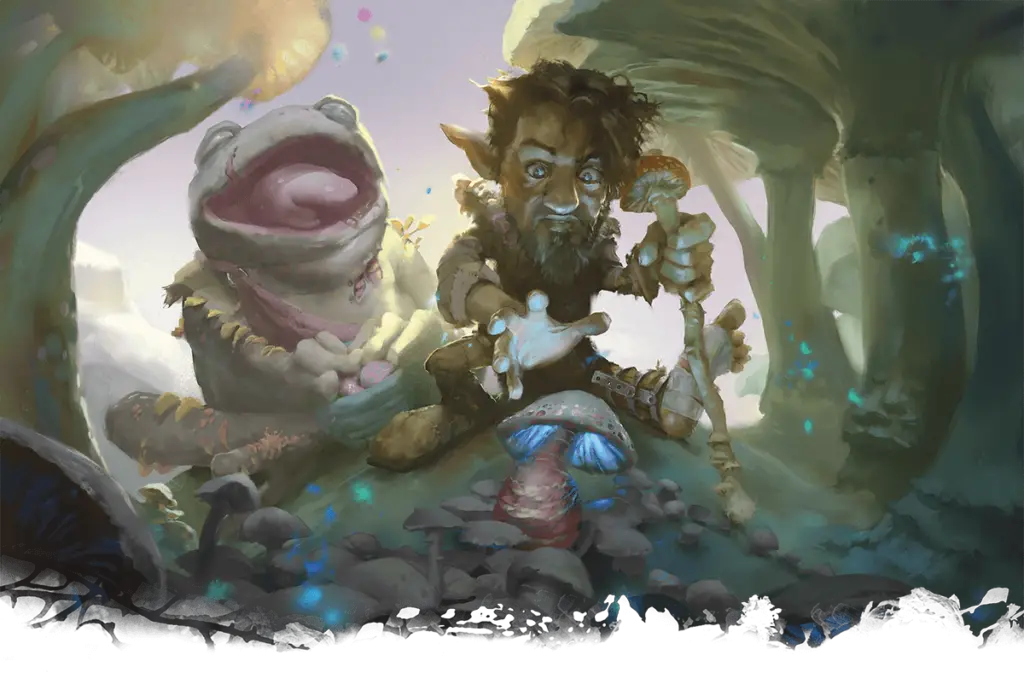
Bonus cantrips: Chill Touch
Bonus spells:
- NA
- Blindness/Deafness, Gentle Repose
- Animate Dead, Gaseous Form
- Blight, Confusion
- Cloudkill, Contagion
Summary of subclass features: Use your reaction to inflict nearby enemies with your spores and necrotic damage. Expend Wild Shape to give yourself a spore transformation, boost your damage, and provide new ways to use your features. Raise a medium-sized humanoid or beast as it dies to become your spore servant. Improve your spore attacks and transformations at later levels. Become immune to being blinded, deafened, frightened, or poisoned, and critical hits against you are treated as regular attacks if you’re not incapacitated.
- Subclass Features: ★★★
- Game Design: ★★★
- Fun: ★★★
- Versatility: ★★★
- Lore & Roleplaying: ★★★
Flutes’ Evaluation (3/5)
The Circle of Spores is a flavor fail. When I think of a Spores Druid, I picture varied effects based on different types of spores. This subclass gives a transformation that feels weird, and it’s limited since the shift ends when the temporary hitpoints are gone. Is the character covered in spores or something?
I mostly think of the Spores Druid as a necromantic nature spellcaster. That’s all it has going for it in a practical sense. Most of its features are too niche or limited to make me want to play the subclass. Its Circle spell list is alright, so I can appreciate those.
I would’ve liked this subclass more if it had remained like it was in the Unearthed Arcana version. As I recall, the UA version of Halo of Spores didn’t allow for a saving throw. The published version prompts too many Constitution saving throws (annoyingly so), and the damage is zero when they succeed. This subclass is disappointing; I believe they were too cautious when they designed it.
Stars Druid Subclass (TCoE)
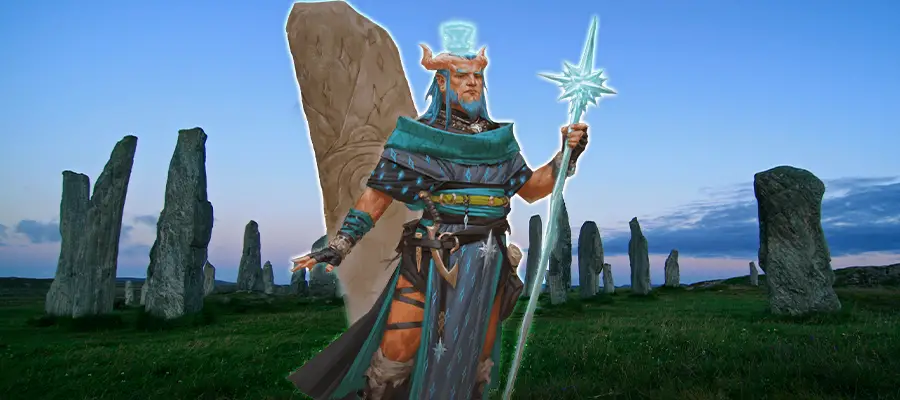
Bonus cantrips: Guidance
Bonus spells: Guiding Bolt
Summary of subclass features: Gain charges for casting Guiding Bolt without spell slots. Use Wild Shape to assume a Starry Form with three different transformation options that empower your spell attacks, healing, or saving throws. Gain a unique reaction at the end of long rests to benefit allies or hinder enemies depending on a die roll. Later, you empower your Starry Form and learn to switch between the three options during your transformation. Finally, become partially incorporeal at all times to gain resistance to bludgeoning, piercing, and slashing damage.
- Subclass Features: ★★★★
- Game Design: ★★★★
- Fun: ★★★★★
- Versatility: ★★★★★
- Lore & Roleplaying: ★★★★★
Flutes’ Evaluation (5/5)
This subclass seems to have no missteps. Its versatility is enticing and fun. The theme is also strong!
The Circle of the Stars can be used as a healer, blaster, controller, support, and more. The option to gain concentration-free flight at level ten is incredible. The weakness of the subclass is that many of its features depend on Wild Shape resource, so it should be careful not to burn through those uses too quickly. The Starry Form doesn’t last more than ten minutes, which is much shorter than the usual Wild Shape. Until level twenty, Druids only get two uses of Wild Shape, so be careful!
I would’ve liked to see more uses for Wild Shape in this subclass to facilitate using Starry Form. Maybe scaling its duration would’ve been enough.
Wildfire Druid Subclass (TCoE)
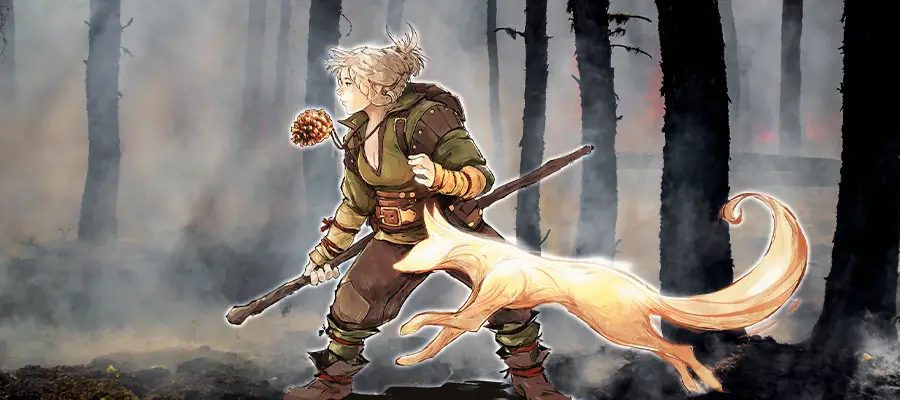
Bonus spells:
- Cure Wounds, Burning Hands
- Flaming Sphere, Scorching Ray
- Plant Growth, Revivify
- Aura of Life, Fire Shield
- Flame Strike, Mass Cure Wounds
Summary of subclass features: Summon a flying Wildfire Spirit that can teleport itself and its allies. Your spellcasting becomes enhanced by your Wildfire Spirit, and you can cast spells through it. Create springs of flame when a substantial creature dies in a space; use your reaction when a creature moves through it to heal or harm it. Sacrifice your nearby Wildfire Spirit when you’d drop to hitpoints to blow it up and regain half of your hitpoints.
- Subclass Features: ★★★★
- Game Design: ★★★★★
- Fun: ★★★★★
- Versatility: ★★★★
- Lore & Roleplaying: ★★★★
Flutes’ Evaluation (4/5)
Druids get plenty of strong subclasses, don’t they? This subclass has many useful abilities, but they mostly depend on having the Wildfire Spirit summoned. Summoning the Wildfire Spirit requires uses of Wild Shape, so it’s a limited resource. You can summon the spirit for 1 hour at most, so you might get two hours of use for it. That might be plenty, but the spirit can be unsummoned early if its reduced to zero hitpoints or you die.
Fiery Teleportation is the best ability of the Wildfire Spirit and this subclass. Unlimited uses of teleportation while the spirit is summoned is already useful, but it can also move allies and deal damage to enemies with the feature. That’s insane value!
This isn’t as versatile as the Stars Druid, so it’ll drop slightly below it in my rating. I think the game design with this subclass is slightly better since I think additional uses of Wild Shape to summon the Wildfire Spirit would be broken.
This subclass also gets Circle Spells, which is surprising since it’s so strong. The spells aren’t great, in my opinion, but they’re not horrible. The ones that Druids wouldn’t normally get are lame, but the native-Druid spells are good ones. I’ve also heard people complain about the theme being weird or hard to grasp, so I’m docking its lore one star.
I thought I’d be giving this subclass a five rating, but when I look at it objectively, I think a high-four is fine. It’s probably controversial, but that’s where I’m landing it for now. It is still a strong subclass.
Also, no Fireball? *oof*
Druid Subclass Rankings Best to Worst
- Shepherd
- Moon
- Stars
- Wildfire
- Land
- Dreams
- Spores
Shepherd and Moon fight for the top spot. Stars and Wildfire battle for mid-tier dominance. Spores, Dreams, and Land settle at the bottom, but they’re no slouches.
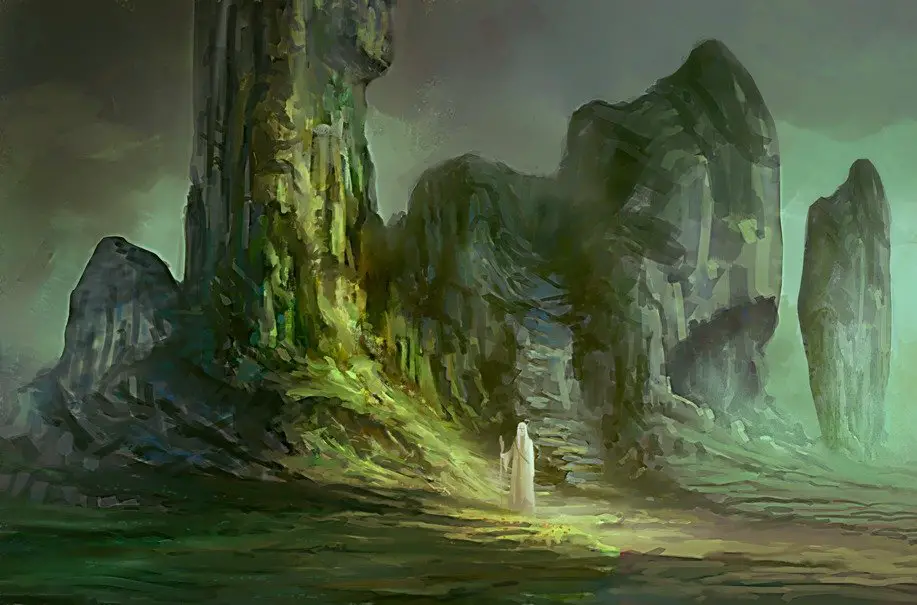
What is the best Druid subclass?
It’s a close race between Shepherd and Moon for the best Druid subclass. They both shine at different times of gameplay. Their dominance ebbs and flows.
What is the worst Druid subclass?
The Circle of Spores has to be the worst Druid subclass, but that doesn’t mean it’s bad. All the Druid subclasses are viable. I’m impressed with them.
Conclusion

The Druid subclasses are difficult to rank because they’re all very good. They seem to come in pairs that fight for the top spots. Campaign duration and level expectations will greatly influence the power levels of each subclass. Moon is king at low levels, while Shepherd is incredibly strong at higher levels.
How would you rank them? Cast Animal Messenger in the comments below to tell me how you’d rank the subclasses. Tell me how they handled when you played them or fought beside them. You can find more D&D 5e Druid articles here.
Finally, don’t neglect to take the poll at the top of this article before you scurry out of here!

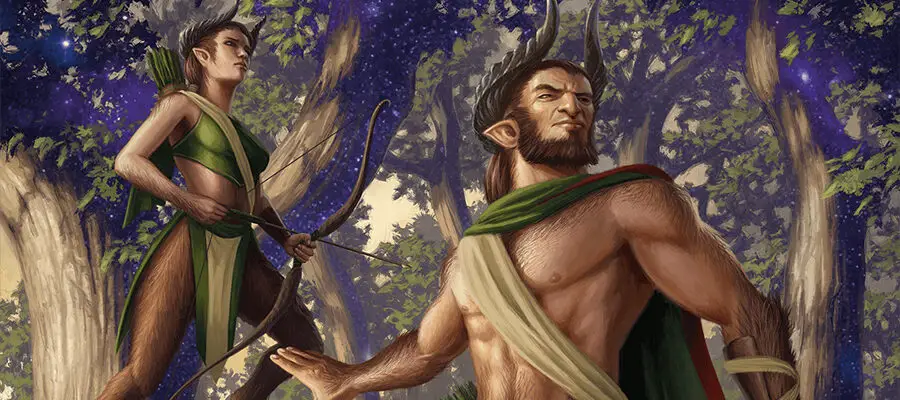
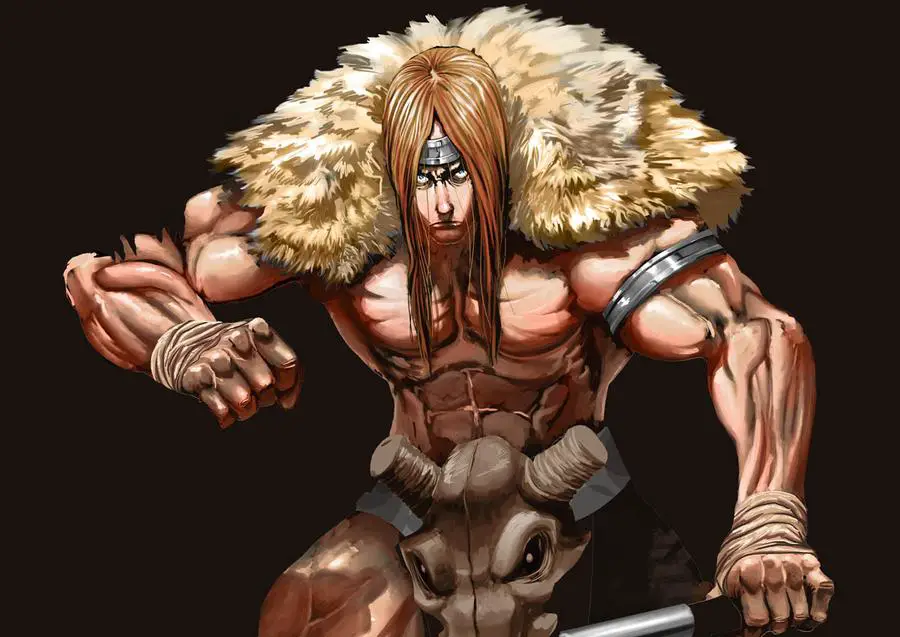
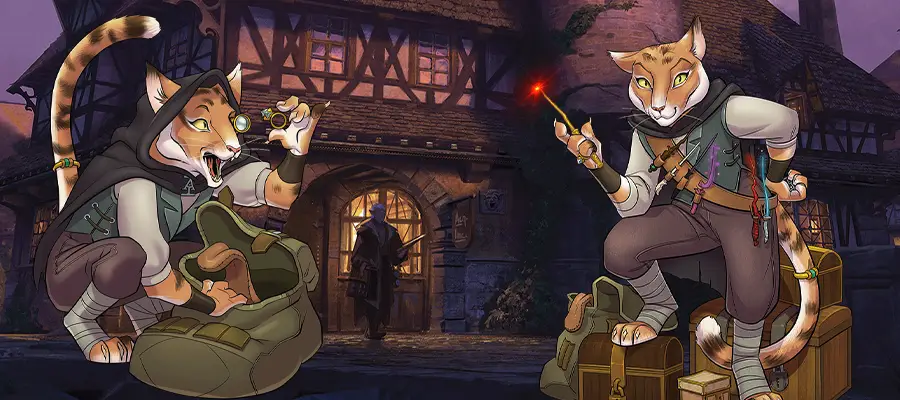
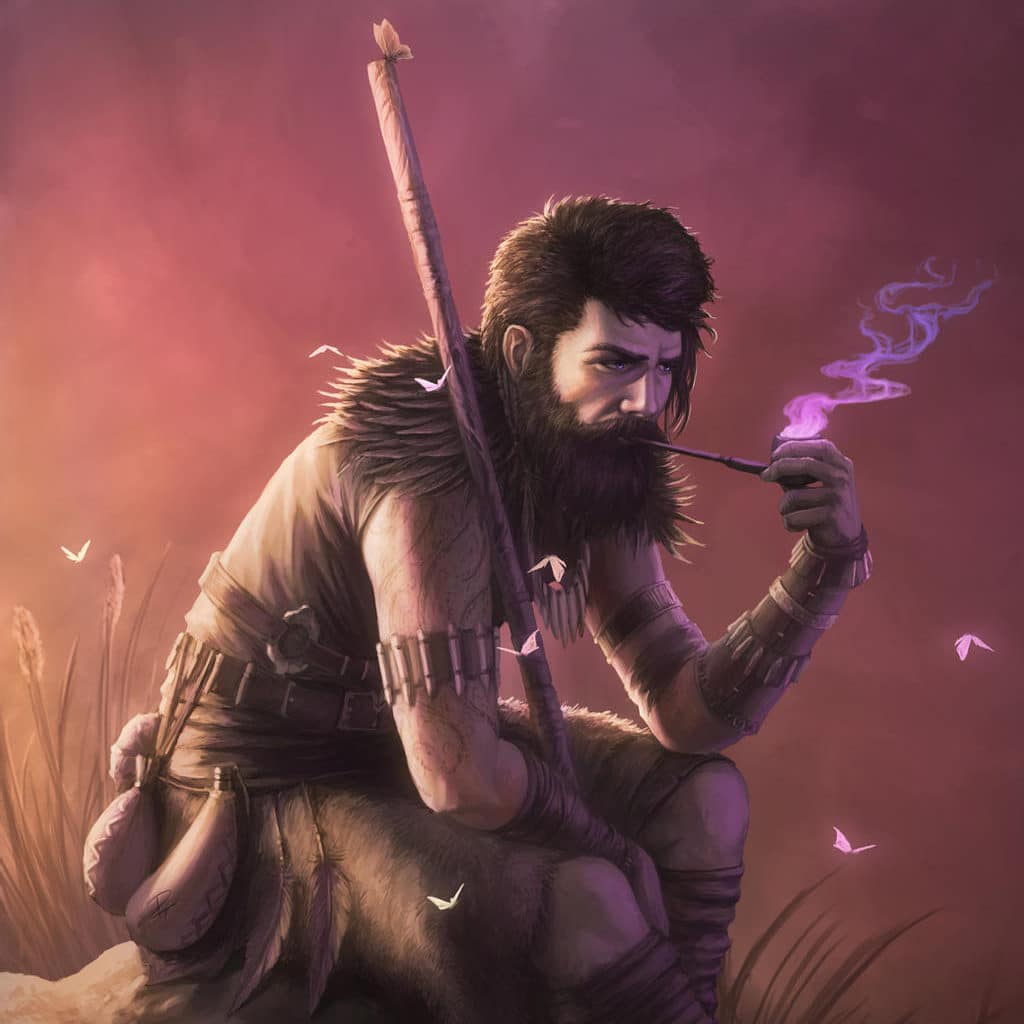
I’m currently playing a harengon dreams druid and find it fun to flavour my spells as short day dreams (e.g. Wither and Bloom, Balm of Summer Court, Enhance Ability, Guidance, Gift of Alacrity).
Your post about Celtic-inspired Druids has been very useful in that regard. (https://www.flutesloot.com/playing-a-celtic-inspired-druid-dnd-5e/). The visual representations of the three druid elements in that article (trees, fire, cauldrons, animals,…) make for a good starting point to build a short vision around.
Also, describing a nightmarish vision for Primal Savagery or Hold Person is especially fun 🙂
We’re always happy to hear that our content has been helpful for players making characters! I like your Harengon Dreams Druid concept, especially the spell flavoring. Harengon’s are already fun, but this is even better.
I’m Brazilian and I’m writing combinating my english knowledge and google translator. Then, If you don’t understood some (or any) phrases, I’m sorry. That said, here’s my druid subclass list, (from worst to best):
7- Dreams;
6- Land;
5- Spores; (you forget to rank this subclass. Was this a freudian slip?)
4- Wildfire;
3- Shepherd;
2- Stars;
1- Moon;
Dreams: My problem with this subclass is that, whenever I read about it, I get the impression that it was created from discarded shepherd’s circle ideas. Both came from same book (Xanathar’s Guide) and have the same basis from your… powers (fey-based). Even the introduction text for dreams circle is unsatisfatory to me, giving the impression that the creatores slapped this subclass together only for have, at least, two druid subclasses. The 6th level skill is bad written and practically useless, (or, in very specific circumstances, kind of OP) and the others need to be improved. Either a little (2 and 10 levels) or a lot (I like the capstone skill, but it could be much better due to its limitations). And this subclass NEED a spell list. These druids have ties with fey. FEYS. And don’t learn any new spell. Seriously? My only explanation is that the developers, when created this subclass, they didn’t want to weaken the high point of the circle of the land. By the way…
Land- For me, the root cause of why there are so few druid subclasses in 5e. I think that, when the developers were in the process of creating the druid subclasses, they they established that the circle of land had to be the “spellcaster specialist”, with more spells and with a mean of partially recovering spell slots. But there was a problem. The cleric. It was fair that the land druid, who isn’t obliged to worship any god, to have as many spells prepared as the clerics? The develops choose common sense over mechanics and said “no”, which raised another issue: How would druids show off their personality and playstyle or be competitive without the need for additional spells? Apparently, this proved impossible for the developers over the years with the addition of the spore circle. With all that said, what’s worse is that it was a futile effort, because in addition to slaughtering a possible spell list for the dreams circle (which, alone, would improve this subclass substantially… Well, actually needs a lot of improvements, but a spell list would help a lot), the truth is that past 2nd level, all the following subclass traits gains are passive abilities. Skills that when they are not just boring, are very weak indeed.
Spores: This is worst interessant subclass of all. My problem here is that it does not define whether it will be a tank, a gish, a field controller or a blaster. This subclass apparently chose them all and does mostly very poor. And the worst thing is that, unlike all the others, I don’t have a definite idea of how this subclass should be, although I like to imagine it more as a self-defender and with additional means of melee attack (because many cleric subclasses have it too, why not a druid subclass). But I don’t know what to think about the zombies. The 6th level skill is very weak and should be eliminated completely (and I’m the type that, when doing a subclass revamp, do anything to preserve the original idea). The other skills I like a lot (I would improve a little something here or there, but it would totally keep the essence), especially the idea of alternative use for wild shape. It’s really a great idea and opened up ideas that spawned two great subclasses of Tasha’s.
Wildfire: Now we come to the subclasses that I don’t have any major complaints about. Circle of Wildfire is competent and use an unusual theme very well for a druid, yet quite present on his spell list: fire! Honestly the only weaknesses of this subclass are the spell list and the fire elemental. The spell list is… Ok going to almost weak. Burning Hands never was a great magic, but it’s passable option. The absence of Fireball is polemic but my annyonig spell is… Flame Strike. GOD I HATE THIS SPELL SO MUCH. This spell is only a weak, flavorless, biblic version of fireball and appears in EVERY list that need a fire damage spell from 5ª level. even if it doesn’t make any sense. This spell only true connects with Devotion Paladin and the Celestial Warlock, among the many subclasses that add this spell. The Summon elemental fire is another question. I just think he should get little upgrades at subclass levels like increasing his AC from 13 to 16, increasing his attack distance as well as doubling his damage dice. Because as it is, it is clear that he is too fragile and of little use in battle at the highest levels.
Shepherd: Yeah, I love this subclass so much, though she does have the fair weakness of relying on weak conjurations to sustain it’s traits. Few subclasses fit so well one skill into the other so that it is powerful in its niche and without exaggeration. But I also think she is a victim of time. Surely today’s 2nd level skill, if done today, would use a use of wild shape. I propose expending one use of wild shape after one use per short rest (which can have three per short rest total). In addition to a subtle addition to the spell list, being able to use “Find Steed” plus 3 druid conjuration or transmutation spells starting at 6th level (increase to 4 at 10th and 5 at 14th level) and change the words so that ” Summon Beast”, “Summon Fey” and “Giant Insect” benefit from the traits of Shepherd subclass.
Stars: Gosh, this subclass is so competent. Practically flawless for what it proposes. I love the general idea of the subclass, even though it might sound like “Our druid ideas are running low!”. All skills, while objectively not as powerful in battle as the moon circle, work perfectly fine. I just think that, as I explained in the circle of earth, there is a strange plateau that prevents you from giving many spells to the druid circle without paying a high price in your abilities. I’ll make it clearer now: As far as I’m concerned, any druid circle should give more spells than moon circle and less than earth circle (and in many cases be less regular than clerics). In the case of the circle of stars, I would give “Augury”, “Clairvoyance” and “Divination” as additional spells (since this circle also represents divination through the stars). As a 5th level spell, in a perfect world it would be “Dawn”, but since WoTC lives in a world where we pretend that we don’t have internet and can see spells from Xanathar’s guide in any site, let’s establish that the circle of stars wins “Crown of Stars” at 14th level. Pretty powerful, but he won’t be able to use it very often anyway.
Moon: Very powerfull and unique subclass. There are those who accuse it of being boring, there are those who accuse it of being OP and there are those who accuse it of being difficult due to the excess of available options. But the competence of circle of the moon is immeasurable. And contrary to what many say, it’s not OP at the highest levels. To get around this, my proposal is to lower CR from 1 to 1/2 between levels 2 and 4. Any other skills are all good… except the last one? Let’s be honest, “Alter Self” at will is far from bad, but I understand the disappointment of those who think so. It seems… kind of out of line with what the subclass proposes. I just think that the 14th level skill should have additions to ensure that this spell is useful in battle, for example, you don’t lose concentration on it by taking damage and you can already cast it even in beast form. That way you could have any beast you want with swimming speed or +1 to attack and damage rolls.
Thank you for sharing your ratings so thoroughly! You made smart points and I respect your ranking list.
I reviewed the Spores Druid subclass in the article, but I neglected to include it in my concluding list summaries, so I fixed that!